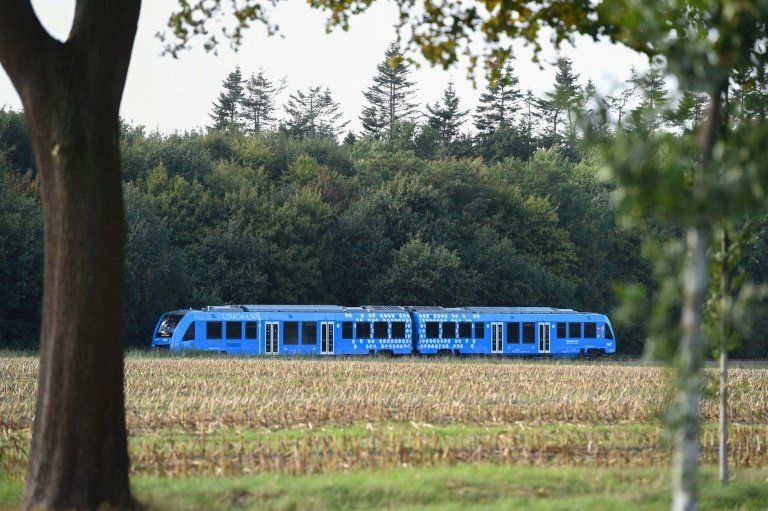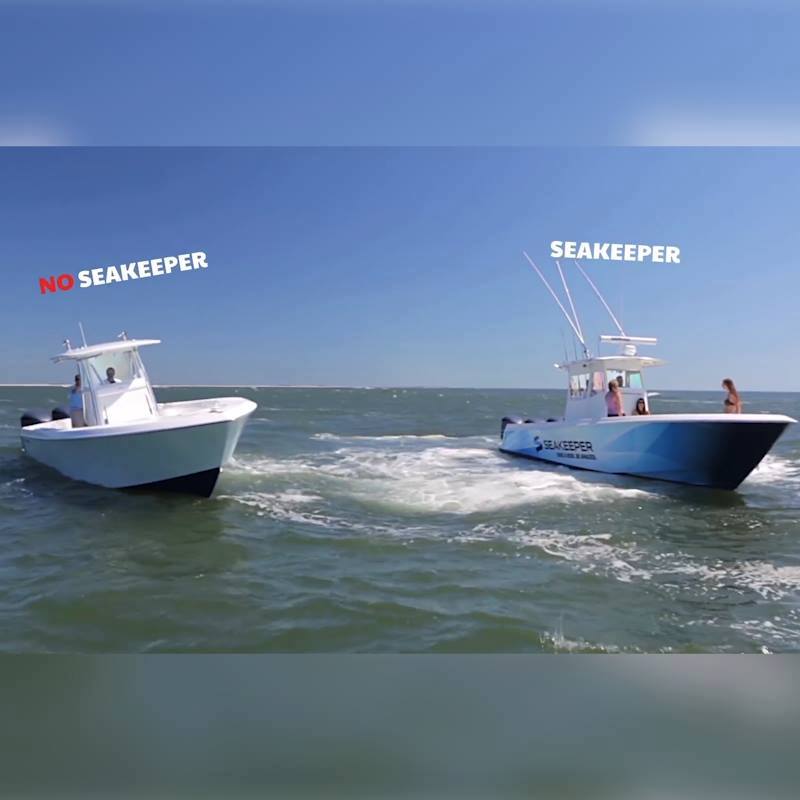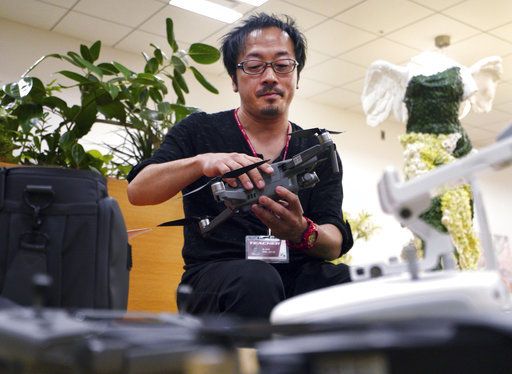
Month: September 2018



Elon Musk And SpaceX Is Announcing The First Lunar Mission Tourist RIGHT NOW
Elon Musk, the founder of the rocket company SpaceX, is about to reveal who the company’s first lunar space tourist will be.
“SpaceX has signed the world’s first private passenger to fly around the Moon aboard our BFR launch vehicle – an important step toward enabling access for everyday people who dream of travelling to space,” SpaceX said on its website.
“Only 24 humans have been to the Moon in history. No one has visited since the last Apollo mission in 1972.”

Germany rolls out world’s first hydrogen train
Germany on Monday rolled out the world’s first hydrogen-powered train, signalling the start of a push to challenge the might of polluting diesel trains with costlier but more eco-friendly technology.
Two bright blue Coradia iLint trains, built by French TGV-maker Alstom, began running a 100-kilometre (62-mile) route between the towns and cities of Cuxhaven, Bremerhaven, Bremervoerde and Buxtehude in northern Germany—a stretch normally plied by diesel trains.
“The world’s first hydrogen train is entering into commercial service and is ready for serial production,” Alstom CEO Henri Poupart-Lafarge said at an unveiling ceremony in Bremervoerde, the station where the trains will be refuelled with hydrogen.

Volvo unveils all-electric and autonomous truck without a cab
If your truck is completely autonomous, why would you need a cab? Volvo Trucks believes that you don’t and that’s why they built a new all-electric and autonomous truck without a cab called Vera.
Claes Nilsson, President of Volvo Trucks, the idea behind Vera:
“The full potential of the transport industry is yet to be seen. Everything suggests that the global need for transportation will continue to significantly increase in the coming decade. If we are to meet this demand in a sustainable and efficient way, we must find new solutions. In order to secure a smoothly functioning goods flow system we also need to exploit existing infrastructure better than currently. The transport system we are developing can be an important complement to today’s solutions and can help meet many of the challenges faced by society, transport companies and transport buyers,”



3D electron microscopy uncovers the complex guts of desalination membranes
Careful sample preparation, electron tomography and quantitative analysis of 3D models provides unique insights into the inner structure of reverse osmosis membranes widely used for salt water desalination wastewater recycling and home use, according to a team of chemical engineers.
These reverse osmosis membranes are layers of material with an active aromatic polyamide layer that allows water molecules through, but screens out 99 to 99.9 percent of the salt.
“As water stresses continue to grow, better membrane filtration materials are needed to enhance water recovery, prevent fouling, and extend filtration module lifetimes while maintaining reasonable costs to ensure accessibility throughout the world,” said Enrique Gomez, professor of chemical engineering, Penn State. “Knowing what the material looks like on the inside, and understanding how this microstructure affects water transport properties, is crucial to designing next-generation membranes with longer operational lifetimes that can function under a diverse set of conditions.”

Japan eager to be on board vertical-takeoff ‘flying cars’
Electric drones booked through smartphones pick people up from office rooftops, shortening travel time by hours, reducing the need for parking and clearing smog from the air.
This vision of the future is driving the Japanese government’s “flying car” project. Major carrier All Nippon Airways, electronics company NEC Corp. and more than a dozen other companies and academic experts hope to have a road map for the plan ready by the year’s end.
“This is such a totally new sector Japan has a good chance for not falling behind,” said Fumiaki Ebihara, the government official in charge of the project.

Giving environmental water to drought-stricken farmers sounds straightforward, but it’s a bad idea
The east coast is currently flooded. Why don’t we have pipelines for pumping water around the country where it is needed? We do it for oil and gas, and you know if it leaks it would not be a toxic mess.
Deputy Prime Minister Michael McCormack last week suggested the government would look at changing the law to allow water to be taken from the environment and given to farmers struggling with the drought.
This is a bad idea for several reasons. First, the environment needs water in dry years as well as wet ones. Second, unilaterally intervening in the way water is distributed between users undermines the water market, which is now worth billions of dollars. And, third, in dry years the environment gets a smaller allocation too, so there simply isn’t enough water to make this worthwhile.
In fact, the growing political pressure being put on environmental water holders to sell their water to farmers is exactly the kind of interference that bodies such as the Commonwealth Environmental Water Holder were established to avoid.